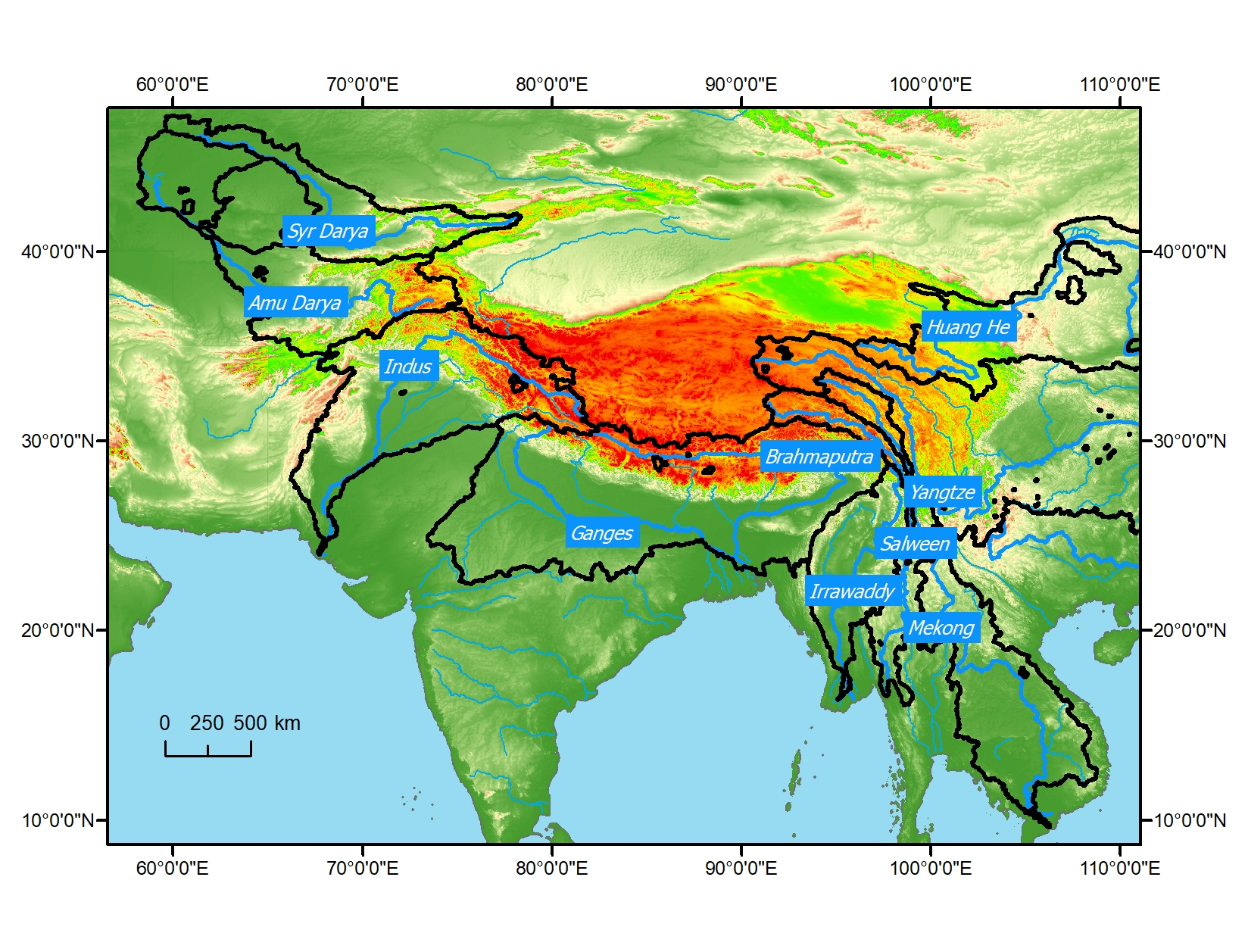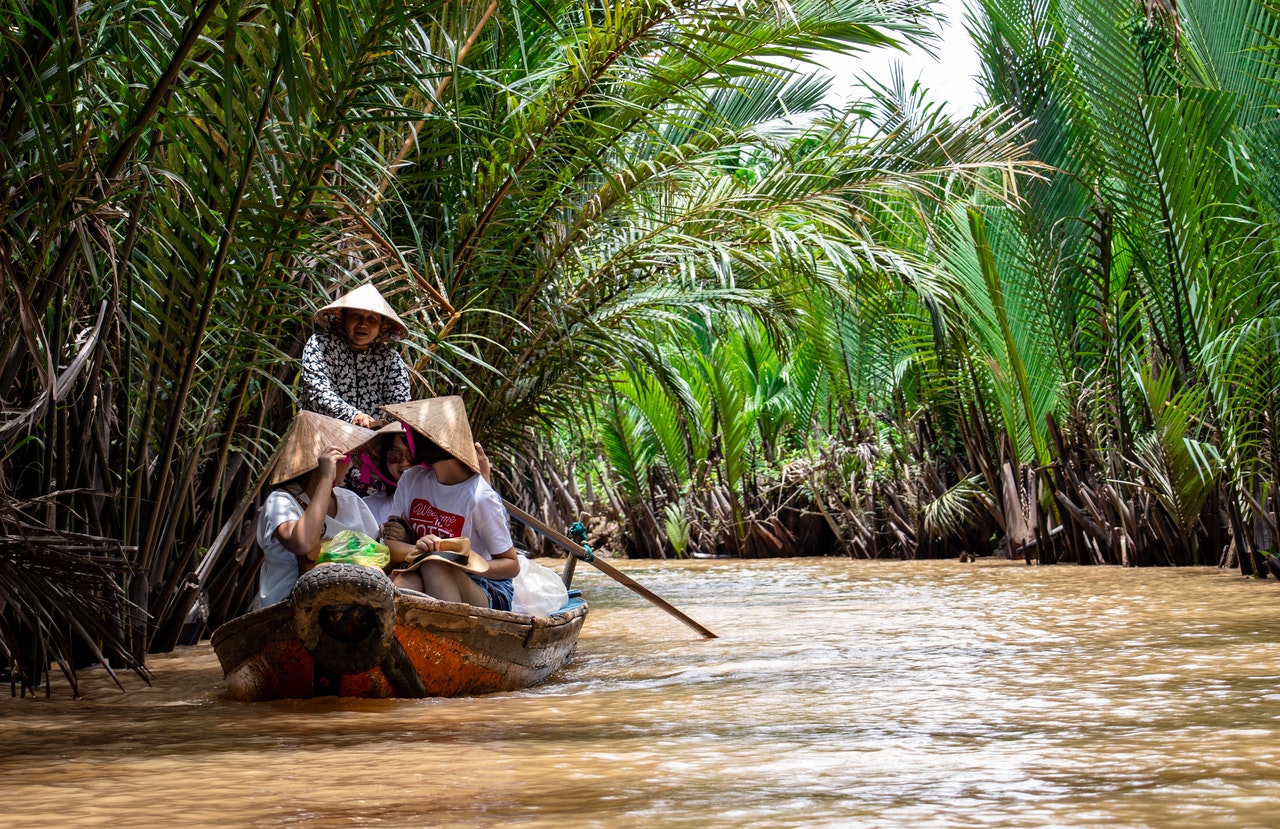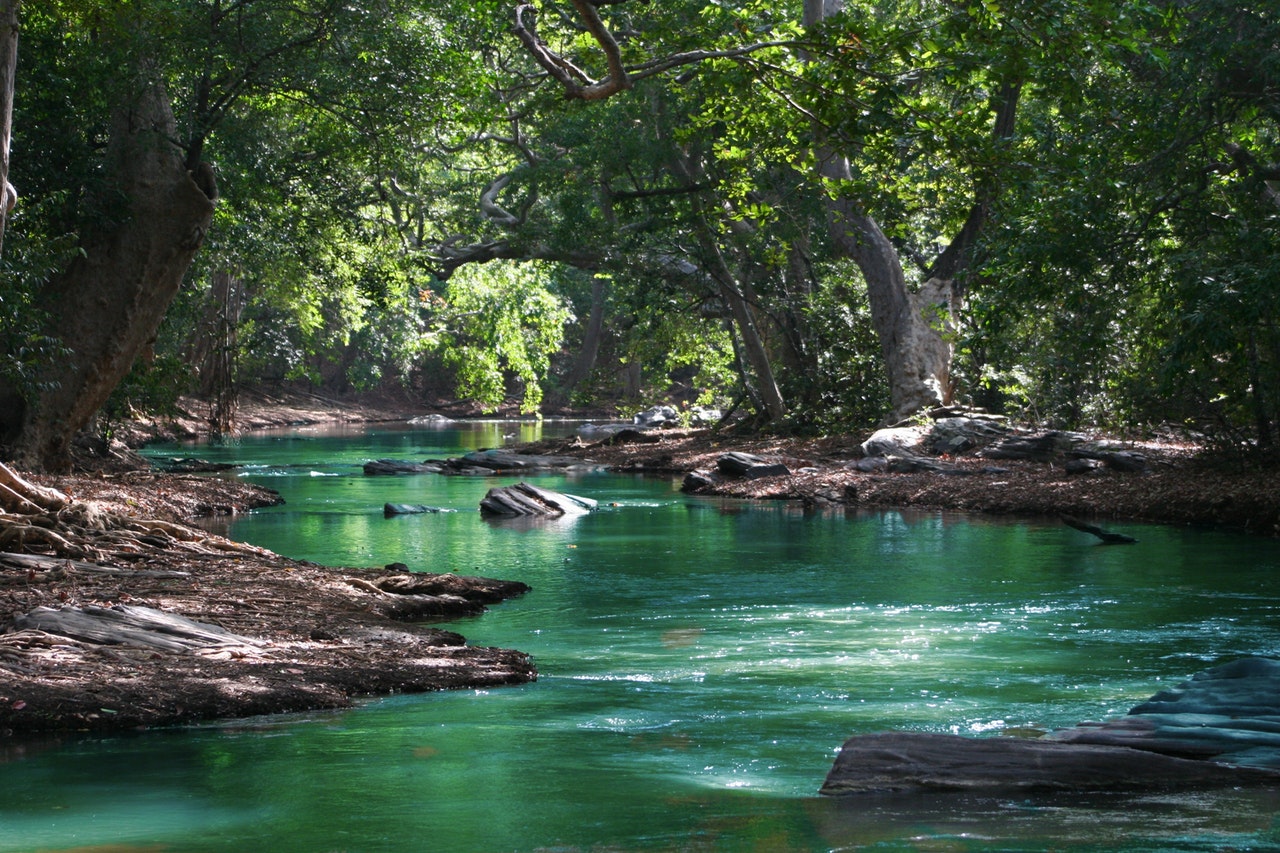
The Mekong River Basin and Southeast Asian countries have always been the “hot spots” of international water resources and ecological research. Coupled with the rapid economic development in recent years, the water resources system has been seriously affected and the following related issues have been continuously concerned: food and electricity caused by population growth. Increased demand (especially hydropower) (Fant et al., 2016); land use change and water conflicts caused by large-scale rice planting and high-speed urbanization (Hauser et al., 2017); low-efficiency agricultural irrigation Potential threats to regional food security and global food supply (FAO, 2011) Water shortages and floods during the season (Anond, 2011); inadequate water resources management and ecosystem degradation due to water and hydropower construction (Kong et al) . 2017); Impact of high arsenic groundwater irrigation on human health and food security (My et al., 2017); extreme water events caused by climate change and impacts on food security and environmental pollution (Tukimat et al. , 2017).
The Mekong River is the most important river in the landlocked countries of Southeast Asia. As the tenth largest river in the world, the Mekong River originated in the Qinghai-Tibet Plateau, passing through three provinces in China and passing through Myanmar, Laos, Thailand, Cambodia, and finally into the South China Sea in Vietnam. The Mekong River Basin covers an area of 759,000 square kilometers and is divided into upper and lower parts. The upper reaches of the Mekong River include the Qinghai-Tibet Plateau, the Sanjiang area, and the Lancang River Basin in China. Downstream includes the northern highlands (Myanmar, Thailand, Laos), the Nakhon Ratchasima (Thailand), the Tonle Sap Lake Basin (Cambodia), and the Mekong Delta (Vietnam).
Most of the annual runoff of the Mekong River comes from the downstream part, and the contribution from the upstream part is only about 20%, and the contribution of the upstream meltwater in the dry season can exceed 24%. The downstream area has a tropical monsoon climate with an average summer temperature of 30 ° C to 38 ° C, while the average winter temperature is around 15 ° C. The average annual rainfall is higher in the east than in the west. For example, in Laos and Cambodia, the average annual rainfall is around 3000 mm; in Thailand, it is 1000-1600 mm.
The June to November of each year is the flood season of the Mekong River Basin. Unlike other river basins in the world, in addition to threats to agricultural production and food security, floods have created the world-famous Mekong River freshwater fishery. Shahzad (2014) reviewed computer models for the Mekong River flood forecasting, such as SSARR and URBS models. Drought is harmful to the basin compared to floods. The severe drought in the lower reaches of the Mekong River is frequent and causes far more losses than the floods (International Water Management Institute, 2016).
The region is also extremely sensitive to climate change. According to forecasts for the next 20 to 30 years, rainfall in the Mekong River Basin will increase by 13.5%, runoff will increase by 21%, and temperature will increase by 0.79 °C (Mekong River Comission, 2016). Many scholars in the region have also given the conclusion that the region will become more wet and hot under the influence of climate change (Kattelus et al., 2015; Västilä et al., 2010). This will affect the ecological and agricultural production of the entire Mekong River Basin, further exacerbating the challenge of ensuring regional water security. Currently, the response measures in the region are mainly agricultural and regional water resources management and water disaster prevention (International Centre for Environmental Management, 2014).
The Mekong River is of great significance to the production and life of residents along the line. Only the lower reaches of the Mekong River have a population of 60 million, of which 40% live within 15 kilometers of the Mekong River. However, due to various water conflicts, the issue of drinking water and electricity safety in the region (The Economist Intelligence Unit, 2017). Currently, 20% of the population still lives below the poverty line. The Mekong River Commission (2016) is working on joint regional water resources management.
Agricultural production is critical to ensuring food security in the region to address poverty. To address flood control, soil erosion and fisheries farming, rice has become the main crop in the region with an area of over 10 million hectares. In addition, cassava, sugar cane, soybeans and corn are also grown in the region, but given the output and contribution to regional food security, the area planted is far less than rice. Although individual regions have higher food production, such as the Delta region of Vietnam, food production in most regions is affected by poor soils and water shortages, especially in Cambodia, northeastern Thailand, central Laos, and central highlands in Vietnam. Therefore, irrigation has become the main use of water in the lower reaches of the Mekong River, accounting for more than 70% of the total water use in the region and is dominated by the Mekong Delta. At present, the area of irrigated land in the lower reaches of the Mekong River is about 4 million hectares, and it has a steady growth every year in various countries. In the future, how the irrigated area will change in the region will be affected by those factors, and how the corresponding water resources should be managed has also received the attention and research of scholars.

The increase in energy demand brought about by population growth, combined with carbon dioxide emissions, makes hydropower an important source of energy for the region. However, the lower reaches of the Mekong River have two different sounds for hydropower. On the one hand, hydropower is a clean energy source, and the economic benefits of abundant water resources can also help solve the problem of poverty. On the other hand, hydropower projects also have an impact on the local environment, fisheries and residents' lives (Xu et al., 2009; Ziv et al., 2012).
Fisheries are a major industry in the region and a major source of protein food for residents of the region. In Laos, fishery production accounts for 7% of the country's GDP. In Cambodia, the proportion is as high as 12%, which has already exceeded rice cultivation. At the same time, the development of fisheries has also driven other related industries such as food, retail shipbuilding and fishing gear industries. The demand for water resources in fisheries has led to fierce competition with agricultural irrigation, residential and industrial water use. In the case of increasing regional population, how to ensure the safety of fisheries in the region is particularly important. In addition to the current factors affecting fisheries in the region are river sediments, water pollution, overfishing, drought, etc. (Dudgeon, 2011).
As the tenth largest river in the world, the Mekong River is rich in natural resources, including 20,000 species of plants, 430 species of mammals, 12,000 species of birds, 800 species of crawling and amphibians, and 850 species of fish. Among them, there are many endangered species, such as Mekong giants and short-nose dolphins. However, many potential threats include intensive agricultural irrigation, pesticide application, development on the main river (such as reservoirs), overfishing, and unpredictable climate change, which make the environment and ecology of the Mekong River Basin vulnerable. Uncertainty (Coates et al., 2003; Dugan et al., 2010).
In the lower reaches of the Mekong River, Mekong River shipping is the main mode of transportation in the region. In Vietnam, 73% of goods and 27% of passengers rely on waterways every year. At the same time, as a link between China Unicom and the Mekong River Basin countries, shipping also plays an important role in international trade and tourism. However, the narrowness of the river and the rushing part of the water, sediment deposition and changes in water levels pose a significant threat to shipping in the region (Manh et al., 2014). The countries concerned have also taken many measures to ensure the safety of shipping, including providing safe assistance in dangerous river sections and signing international agreements to improve shipping efficiency. At the same time, it can reduce the river pollution caused by shipping accidents.

At present, the research on water resources in the Mekong and Southeast Asian countries shows more natural hydrological systems on the side of “supply and water” (Hasson et al., 2013; Räsänen et al., 2017; Schubert et al., 2017), less The study of socio-economic systems on the “demand, water” side (Li et al., 2017), especially the lack of natural-human coupling systems. Under the uncertain conditions of increasing human activities and uncertain climate change trends, how do the two interdependent systems of nature and humanity interact with each other, and what kind of driving mechanism and influence mechanism there are, we are not yet clear. This has largely constrained the overall and accurate understanding of the characteristics of the hydrological and water resources systems in the region. On the other hand, how to move from traditional data mining to the research behind the mechanism, especially how the two systems of nature and humanity interact, to achieve sustainable development of water resources in the region, to ensure water, food, energy and ecological security Important role.